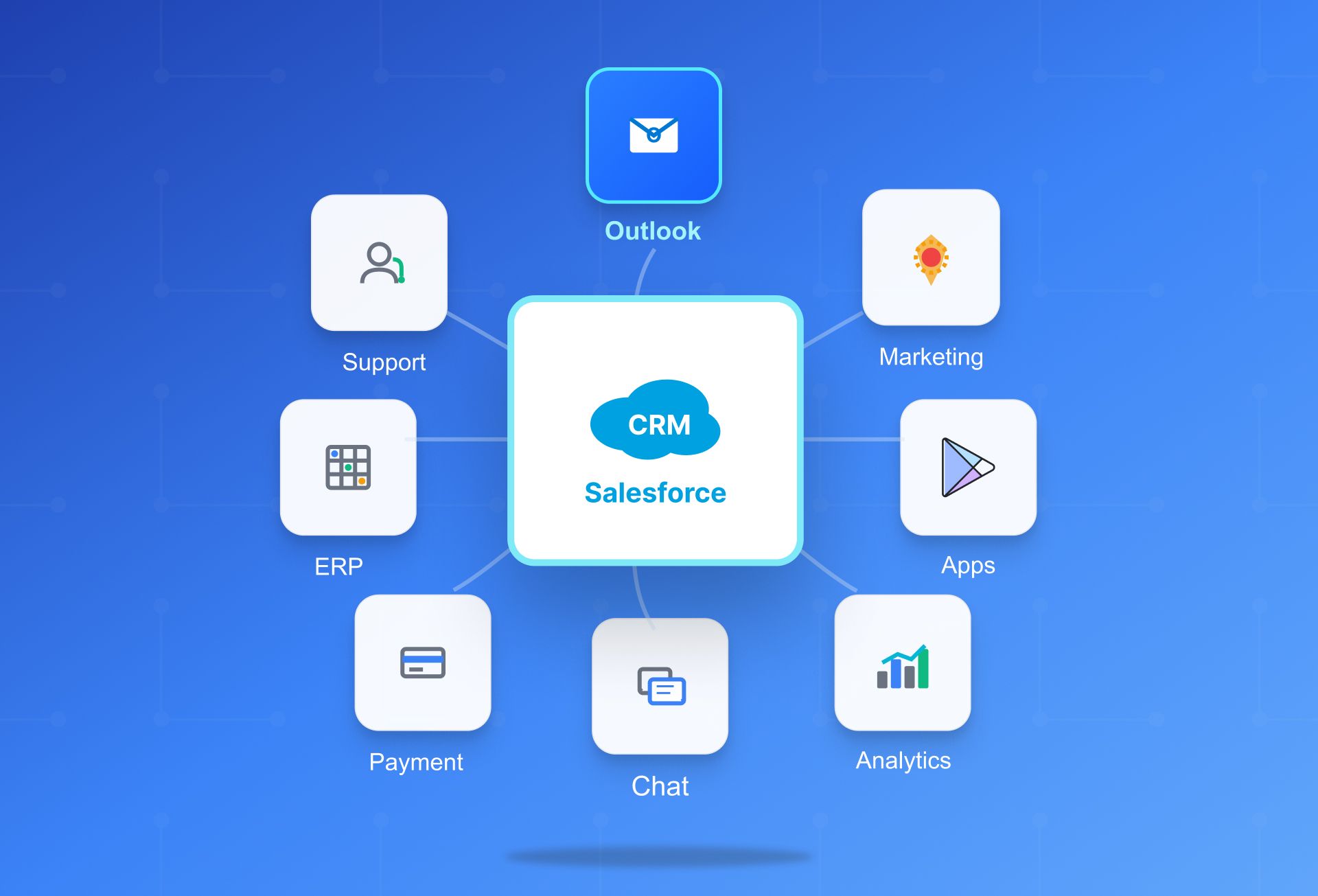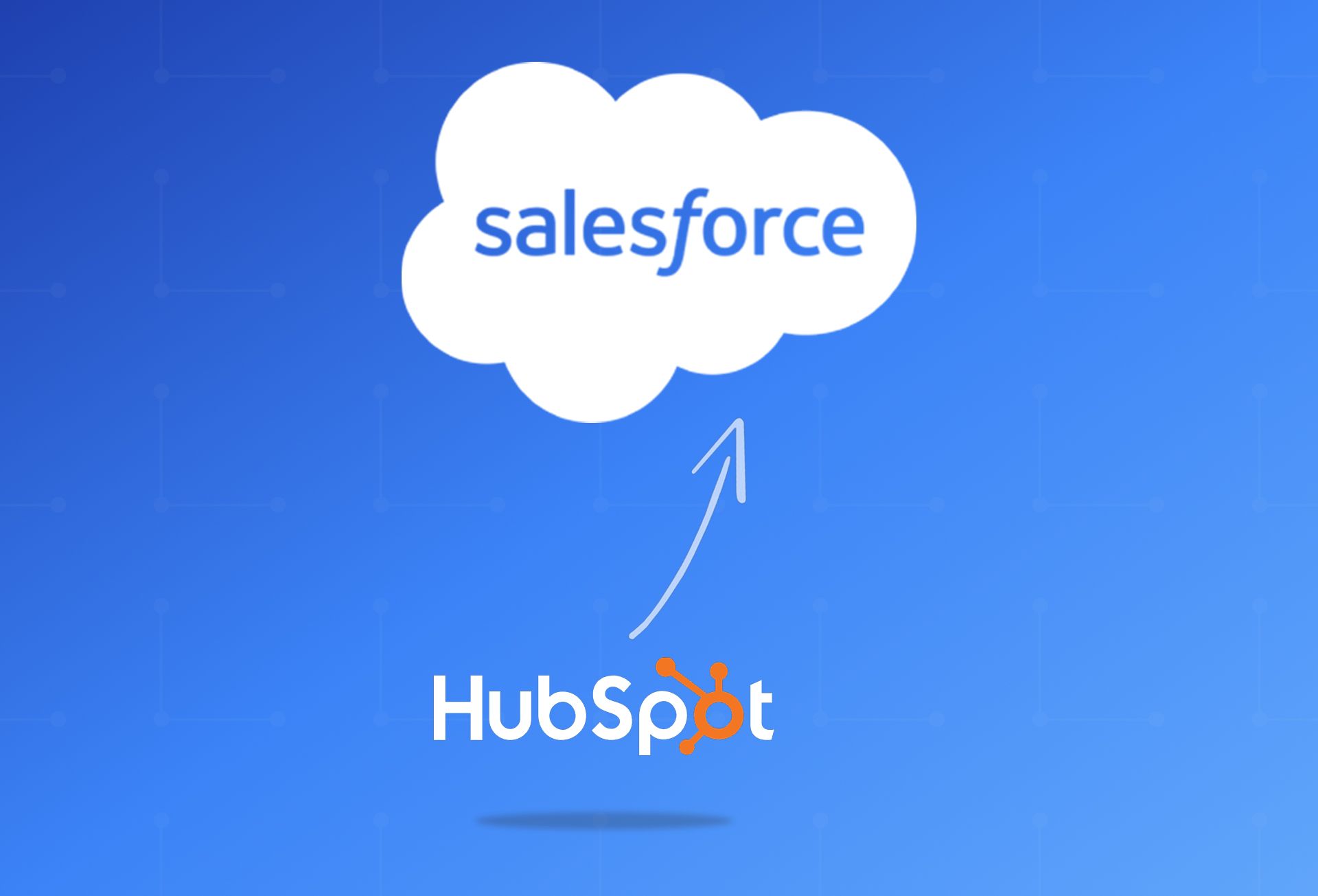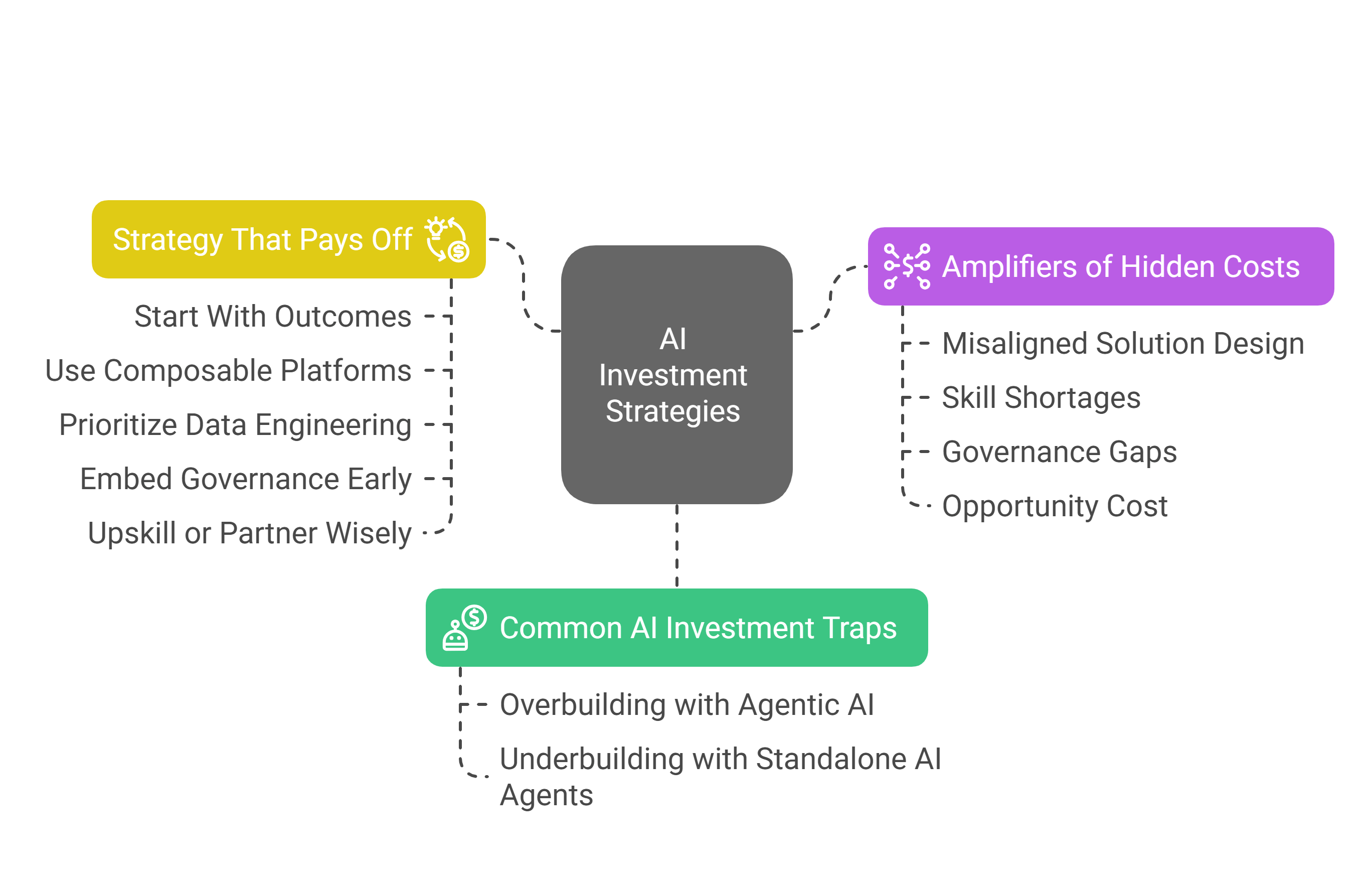Agentic AI vs. AI Agents [Misunderstanding Will Cost You Big]
Jun 23, 2025 Aiswarya Madhu
Artificial Intelligence has evolved from being a mere assistant to a context-aware partner, helping decision-makers take faster, more informed actions across industries like healthcare, logistics, finance, and IT.
As enterprises embed AI into everyday workflows, terms like “AI Agents” and “Agentic AI” are often blurred, leading to confusion, and sometimes, costly implementation gaps.
Are they interchangeable? Is one a subtype of the other? And more importantly, how do you choose between them, or know when you need both?
So now we are going to break down the differences between Agentic AI vs. AI Agents, clarifying what each truly means, how they work in enterprise settings, and when to choose one over the other (or both).
Let’s Understand Agentic AI and AI Agents
Understanding the difference between Agentic AI and AI Agents starts with how they work and what they’re designed to do. Let’s break it down.
What is Agentic AI?
Agentic AI refers to a system that can operate independently — it doesn’t just follow instructions; it sets goals, makes decisions, and learns from its actions.
Unlike traditional AI tools that wait for commands, Agentic AI systems behave more like intelligent collaborators. They can perceive their environment, reason through options, take action, and improve over time based on feedback.
Agentic AI typically follows four stages:
- Perception – It gathers input from its environment (like user data, system feedback, or real-world signals).
- Reasoning – It interprets the data, identifies what’s happening, and figures out the next step.
- Action – It takes goal-oriented actions based on that understanding.
- Learning – It updates its behavior through experience, adjusting future decisions accordingly.
This level of autonomy makes Agentic AI ideal for managing complex, multi-step workflows where adaptive decision-making is crucial — like resolving IT tickets, automating HR processes, or handling financial operations across departments.
What is an AI Agent?
An AI Agent is a software program designed to perform a specific task based on defined rules or trained behaviors. It operates within a narrow scope and typically responds to user input or system triggers.
Think of AI Agents as task-focused assistants, helpful but limited to the function they’re built for. Examples include:
- A chatbot that answers FAQs
- A scheduling assistant that books meetings
- A smart email filter that categorizes messages
AI Agents are efficient at automating repetitive or well-defined tasks. However, they don’t reason across multiple inputs or evolve beyond their assigned responsibilities.

7 Differences Between AI Agents and Agentic AI
When leaders ask, “Do we really need something more advanced than a chatbot or RPA bot?” they’re really asking, “Will this fix the headaches my team faces every day?” The answer depends on whether you adopt narrow AI Agents or a broader Agentic AI approach. Here’s how each difference maps to real-world pain points.
Autonomy
AI Agents wait for explicit commands, so people must watch dashboards and push buttons all day.
Agentic AI, once given a goal, decides when and how to act—freeing teams from babysitting routine tasks and letting them focus on higher-value work.
Scope of Work
A single AI Agent can only touch the system it’s built for (e.g., your help-desk portal). When a request spans email, CRM, and Slack, someone still has to stitch the hand-offs.
Agentic AI orchestrates multiple agents and APIs, eliminating swivel-chair work and the “sorry, wrong department” run-around customers hate.
Goal Handling
Static goals mean an AI Agent grinds away even if priorities shift—causing rework later.
Agentic AI can reprioritize on the fly (e.g., shipping the most urgent orders first when inventory runs low), so teams aren’t stuck untangling yesterday’s outdated tasks.
Learning and Adaptation
Every time business rules evolve, an AI Agent needs re-coding or a fresh batch of training data. That delays progress and drives up maintenance cost.
Agentic AI learns from new outcomes in real time—cutting the cycle of “log a ticket, wait for dev, deploy, repeat.”
Memory and Context
Because most AI Agents forget past interactions, customers and employees retell the same story (“I already gave you my case number”).
Agentic AI keeps a long-term memory of each user, so follow-ups feel seamless instead of frustratingly repetitive.
Planning Depth
Basic agents perform single steps—open a ticket, apply a tag—then stop. Human staff must chain those steps into a full workflow.
Agentic AI maps an end-to-end sequence (detect issue → triage → fix → notify) and executes it, delivering a complete outcome instead of a half-finished task pile.
Proactivity
Reactive agents only respond after an issue surfaces. That’s fine for FAQs, not for mission-critical operations.
Agentic AI monitors patterns, spots early warning signs (e.g., growing login errors), and intervenes before service-level agreements are breached—turning fire-fighting into fire-prevention.
Use Cases of AI Agents and Agentic AI
Below you’ll find 10 business scenarios that compare a narrow AI Agent to a full Agentic AI workflow:
Multimedia Research and Report Building
AI Agent: A content bot can draft copy or generate a hero image on command. It is useful when a marketer just needs a first draft.
Agentic AI: An orchestration agent pulls academic and industry sources, checks citations, writes the narrative, selects visuals, builds a slide deck and exports everything in a share-ready format.
When to choose which: If it’s a quick blog blurb, the agent suffices; if the C-suite expects a polished quarterly report tomorrow morning, only agentic AI can compress a week of human effort into a single request.
Knowledge Retrieval & Instant Answers
AI Agent: A smart search tool finds and returns the exact paragraph from a policy document.
Agentic AI: The system locates evidence, summarizes it in plain language, proposes next-step actions and if warranted opens a ticket or updates a record automatically.
When to choose which: Choose the agent for simple look-ups and choose agentic AI when finding information must immediately trigger downstream work.
Threat Hunting & Risk Response
AI Agent: A SOC sensor flags unusual traffic patterns and sends an alert to analysts.
Agentic AI: It correlates telemetry from multiple sources, investigates, quarantines affected assets, files remediation tasks and updates playbooks—often before anyone notices an incident.
When to choose which: Alert-only environments can rely on agents; environments that demand real-time defence and autonomous containment require agentic AI.
Dynamic Supply-Chain Re-Routing
AI Agent: A dashboard widget tells planners when inventory drops below a safety threshold.
Agentic AI: The orchestration engine forecasts shortages, sources alternates, issues purchase orders, re-books freight, updates incoterms and reprices customer quotes—all without human hand-offs.
When to choose which: For simple reorder alerts, stick with an agent. When geopolitical shocks demand daily re-optimization, agentic AI protects both delivery dates and margins.
Call-Centre & Voice Operations
AI Agent: Real-time speech-to-text transcribes a call and surfaces canned FAQ answers for the agent on the line.
Agentic AI: It analyses sentiment live, proposes tailored upsell offers, auto-summarizes the call into CRM, emails follow-ups and refines its own responses from every interaction.
Decision point: Transcription or basic IVR? AI Agent. End-to-end customer experience optimization? Agentic AI.
Proactive Customer Outreach for Utilities & Telecoms
AI Agent: A rules-based bot sends usage alerts or outage notifications once thresholds are crossed.
Agentic AI: It predicts high bills or potential service failures, educates customers on preventive steps, schedules crews, logs actions and updates CRM fields—all before complaints hit the queue.
When to choose which: Regulatory notifications alone can stay with agents; if the goal is to pre-empt churn and truck-rolls, agentic AI pays dividends.
Scientific & Materials Discovery
AI Agent: A chem-informatics module runs a single molecular simulation and returns the results.
Agentic AI: It proposes novel compounds, orders reagents, designs lab experiments, logs outcomes, and iterates on hypotheses—acting as a 24/7 junior scientist.
When to choose which: Occasional calculations belong to agents; continuous discovery cycles demand agentic AI.
![AI Agents Vs Agentic AI [Use Cases]](/images/blog-meta-images/investment-strat-img-2.png)
Military & Humanitarian Logistics
AI Agent: A route-planner optimizes a convoy path based on current road conditions.
Agentic AI: It ingests satellite data, evaluates risks, reallocates equipment, generates contingency plans, issues movement orders and updates commanders in real time.
When to choose which: Training scenarios can rely on agents; real-world operations with shifting constraints need agentic autonomy.
Lights-Out Manufacturing Coordination
AI Agent: A sensor bot pings maintenance when machine vibration exceeds tolerance.
Agentic AI: It predicts part failures, orders spares, recalibrates machines, reshuffles work orders and verifies quality, keeping OEE dashboards green through the night.
When to choose which: Monitoring a single asset? Agent. Running an autonomous plant? Agentic AI.
Utility-Grid Restoration & Customer Care
AI Agent: An outage-mapping tool queues repair jobs and displays them on a map.
Agentic AI: It triages damage by community impact, routes crews, contacts medically vulnerable customers, arranges generators and files regulatory compliance reports—all within minutes of a storm.
When to choose which: Basic mapping needs only an agent; rapid, life-critical recovery workflows demand agentic AI.
As AI agents become more capable, frameworks like Model Context Protocol (MCP) are helping them connect with the tools and data they need to act more intelligently across business systems.
What Industries are Most likely to Benefit from Agentic AI?
Agentic AI thrives where you have:
- High-volume decisions that repeat all day long.
- Tight cost or safety tolerances—mistakes get expensive fast.
- Rich data streams to sense, plan and self-correct.
1. Retail & Hospitality
Agentic AI personalises every offer and price point without human babysitting. In live pilots the add-to-cart rate jumped 18 % (McKinsey, 2024), while Hilton cut guest-issue resolution from 2.6 hours to under 30 minutes. Real-time agents reshuffle product recommendations based on basket mix, stock and even local weather, while virtual concierges handle booking tweaks, room preferences and upsells—freeing staff for high-touch service.
2. Healthcare & Life Sciences
The shift is from reactive to predictive care. Mayo Clinic’s remote-monitoring programme pushed avoidable readmissions down from 12 % to 8 %, and Novartis/Isomorphic AI shortened drug-target discovery from 18 months to 10. Wearables stream vitals to agentic monitors that adjust treatment plans on the fly; autonomous research agents mine literature, design assays and queue the next trial step overnight.
3. Finance & Banking
Risk and portfolio moves now update in real time. Barclays slashed the false-positive fraud rate from 1 in 7 to 1 in 21 alerts, while BlackRock’s pilot delivered +12 bps of intraday alpha through agent-driven rebalancing. Agents scan transactions, freeze suspect accounts, draft SAR reports and hand auditors a finished file; investment copilots merge news sentiment, ESG signals and client mandates, then trade automatically.
4. Logistics & Manufacturing
Plants and supply chains become self-optimising. Bosch Industry 4.0 lines cut unplanned downtime’s OEE hit from 11 % to under 7 %; UPS’s next-gen ORION routing trimmed last-mile fuel costs by 14 %. Predictive-maintenance agents sense wear, schedule repairs and order parts before failure; warehouse robots reroute themselves as orders spike or aisles clog—no new code push required.
5. Software & Technology
Code now writes, tests and heals itself. A GitHub Copilot + CI demo reduced mean-time-to-resolve bugs from 3.1 days to < 1 day, and Microsoft’s internal study showed 30 % more story points delivered. Agentic maintainers open pull requests, write unit tests and chat with devs while they sleep; domain-specific copilots for QA, support and research talk to each other—not just to humans.
6. Travel & Transportation
When plans implode, agentic AI keeps passengers—and profits—moving. Delta’s 2023 trials cut missed connections on irregular-operations days from 14 % to 5 %; DB Cargo’s rail hub dropped reroute planning from 45 minutes to under 5. Disruption-management agents meld weather, crew legality and gate slots, then auto-rebook passengers, hotels and rolling stock while pushing real-time updates to apps and kiosks.
What Industries Are Most Likely to Benefit from AI Agents?
AI Agents shine when work is narrow, rules-based and time-sensitive:
- Repetitive actions that swallow hours of staff time.
- Clearly defined “if then” logic (no hard strategy calls).
- Digital data already flowing through one or two core systems.
Analysts peg the AI-agent market at $9 billion in 2024, set to top $52 billion by 2030 (– 43 % CAGR). Here’s where the first pay-offs are already landing.
1. Retail & Hospitality
AI agents answer FAQs, fill carts and resolve booking snags without live reps. Gartner 2024 saw checkout-abandonment drop 7 points after retailers turned on chat-assistants, while IHG’s kiosk agents cut lobby wait-time 40 %. Storefront bots surface size or stock answers in-chat; voice IVRs reorder out-of-stock items; hotel agents pre-populate guest details, upsell upgrades and ping housekeeping automatically.
2. Healthcare & Life Sciences
Paperwork bots clear admin bottlenecks so clinicians stay clinical. BlueCross NC slashed prior-auth turnaround from 6 days to < 24 h; a Cedars-Sinai study found imaging-triage agents flagged 26 % of CT scans for instant radiologist review. Form-filling RPA pulls ICD-10 codes straight from EHR fields; image-sorting agents run basic anomaly detection and queue urgent cases first.
3. Finance & Banking
Reg-tech agents keep fraud, KYC and email queues in check. Barclays trimmed manual AML alert review 62 % with rule-driven screeners, while Capital One’s “Eno” now auto-answers 12 million balance queries a month. Screening bots cross-match transactions against sanctions lists, auto-draft SARs and escalate only edge cases; front-office chat agents reset PINs or send instant card-locks.
4. Logistics & Manufacturing
Single-step automations protect margins on the shop-floor and road. After installing pick-verification agents, Walmart cut warehouse error-rates from 1.9 % to 1.1 %; DHL’s routing bot shaved 15 % off daily dispatch-planning time. Vision agents read bar-codes and flag mismatches; RPA grabs sensor data, schedules maintenance and prints work orders without a supervisor.
5. Software & Technology
Coding copilots and test agents accelerate every sprint. GitHub’s 2024 telemetry shows Copilot users offload 42 % of repetitive code; Stack Overflow Labs reports unit-test bots cutting CI runtimes by 60 %. IDE plugins complete boiler-plate, suggest refactors and auto-generate docs; CI agents triage failing builds, open Jira tickets and paste stack traces for faster fixes.
6. Travel & Transportation
Front-line bots keep travellers calm and crews moving. Delta uses WhatsApp agents that drove call-centre wait-times down 19 min during summer peaks; DB Cargo’s SMS bot now handles 60 % of wagon-status checks without dispatcher input. Messaging agents push gate changes, meal vouchers or bag-status links; IVRs rebook standard itineraries, freeing human staff for edge-case reroutes.
AI Agents Vs Agentic AI [How to Identify What You Need?]
Making the right choice starts by asking the right questions:
| Question | If YES, You Likely Need |
|---|---|
| Is your task repeatable and well-defined? | AI Agent |
| Do outcomes require multiple systems to work together? | Agentic AI |
| Is the task sensitive to context or change? | Agentic AI |
| Do you need decisions, not just actions? | Agentic AI |
| Is the goal clear but the path unclear? | Agentic AI |
| Do you want to reduce manual work without rearchitecting systems? | AI Agent |
A good rule of thumb:
If the problem can be solved with automation, look at AI Agents.
If it requires adaptation and coordination, look toward Agentic AI.
The Risk: Misunderstanding Leads to Misdirection
Despite the growing momentum around AI adoption, the reality inside most organizations is far more chaotic than strategic. While 92% of enterprises have invested in AI, a staggering 85% of projects fail to meet expectations, according to industry reports. What’s behind this disconnect? In many cases, it’s not just flawed execution — it’s a fundamental misunderstanding of what AI is, how it should be applied, and what type of intelligence is actually being deployed.
Misunderstanding the Nature of AI Equals Misusing the Tool Entirely
One of the most critical failures is confusing AI agents with Agentic AI. Leaders expect intelligent automation, contextual decision-making, and autonomous problem-solving — capabilities associated with Agentic AI. But what they often implement are narrow AI agents with limited instruction-following capabilities and no autonomy. The outcome? Underwhelming returns, disillusioned stakeholders, and stalled adoption.
IBM’s latest report offers a telling contrast:
- 85% of CEOs believe AI will yield positive ROI by 2027.
- Yet only 15% of employees say their organization has communicated a clear AI strategy.
Worse, just 11% feel very prepared to work with AI at all. This isn't a tech problem — it's a strategic and cultural failure.
Eight Ways AI Misunderstanding Sabotages ROI
Let’s break down the common organizational pitfalls that stem from AI misunderstanding:
Backward Implementation: Tools Before Training
Companies rush to purchase tools hoping for transformation, without first preparing teams on how to use them meaningfully. Buying tech without building capability ensures tools go underused or misapplied.
Fear and Resistance from Teams
AI is often introduced as a top-down initiative. But without addressing job security concerns and showing AI as a copilot, teams either silently resist or disengage.
IT-Led, Not Business-Led
Executives still treat AI as an infrastructure issue rather than a cross-functional enabler. But AI’s value lies in solving real-world sales, marketing, operations, and customer challenges — not in backend deployment.
Overwhelming Staff with Too Many Tools
More tools are mistaken for more progress. But dozens of AI tools without defined use cases cause cognitive overload, fatigue, and abandonment.
Generic Training, No Contextual Learning
Training programs often teach the tool, not the application. Telling employees how to prompt ChatGPT isn’t enough — they need to know how to think with AI in their own workflows.
Misjudging Adoption Champions
Younger employees aren’t automatically AI-fluent. Attitude beats age — and many experienced professionals upskill faster when shown strategic value.
Underestimating Cultural Change
Change doesn’t come with an email. AI transformation requires evangelists, incentive alignment, and a shift in how work is defined and measured.
Unrealistic ROI Expectations
Many leaders expect AI to generate immediate savings — “40% cost reduction by Q2” — without recognizing the compound effect of daily use.
How to Future-Proof Your AI Investment
- Map Tasks to Goals: Don’t chase features. List your desired outcomes (e.g., reduce support tickets, speed up approvals) and reverse-engineer the capabilities required.
- Prioritize Interoperability: Ensure whichever solution you adopt can scale with your systems. Many AI Agents are vendor-locked or lack extensibility.
- Start Small, But Think Big: Begin with agents, but choose platforms that allow composability—the ability to grow into agentic orchestration later.
- Invest in Governance: Especially with Agentic AI, establish feedback loops, auditing, and controls from day one. The smarter the system, the more oversight it needs.
The Mindset Shift Every AI Program Needs [Quick Take-Away]
To unlock real ROI, enterprises must reframe their approach:
| From... | To... |
|---|---|
| Tools-first | Training-first |
| IT-driven | Cross-functional leadership |
| AI = threat | AI = productivity co-pilot |
| One-size-fits-all training | Contextual, role-based learning |
| Overwhelming tool stacks | Curated use-case-led rollouts |
| 30-day ROI fantasy | Compounding long-term impact |
Closing Thoughts
Choosing between AI Agents vs Agentic AI isn’t about picking one over the other, it’s about aligning the right tool with the right challenge. AI Agents help with precision at the task level, while Agentic AI brings intelligence at the system level.
Businesses that understand this distinction can avoid underbuilding their automation stack and instead invest in scalable, future-ready AI architectures.
Need help determining which suits your needs? Let’s explore what works best for your workflows.
Recent Posts

Salesforce Shopify Integration [A Complete Guide]
Dec 03, 2025

Salesforce Outlook Integration Guide
Oct 30, 2025

HubSpot Salesforce Integration Guide [All You Need to Know]
Oct 28, 2025
Category
Our Expertise
About Author

Aiswarya Madhu
Aiswarya Madhu is an experienced content writer with extensive expertise in Microsoft Dynamics 365 and related Microsoft technologies. With over four years of experience in the technology domain, she has developed a deep understanding of Dynamics 365 applications, licensing, integrations, and their role in driving digital transformation for organizations across industries.
Never Miss News
Want to implement Dynamics 365?
We have plans which will meet your needs, and if not we can tweak them around a bit too!



